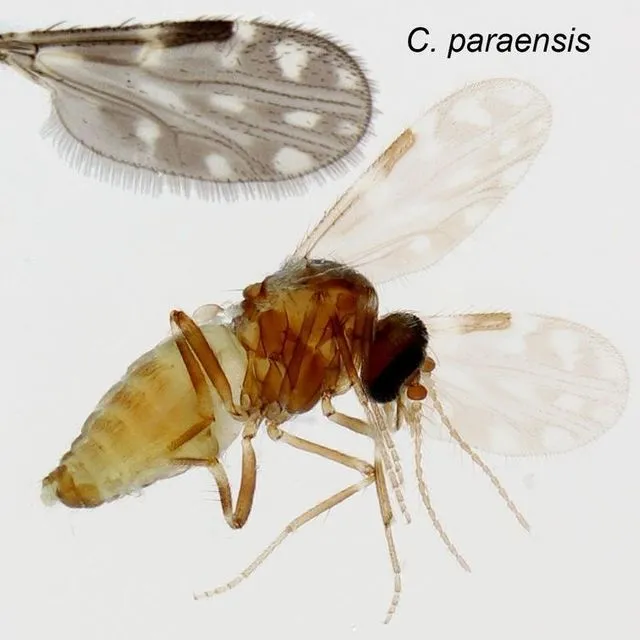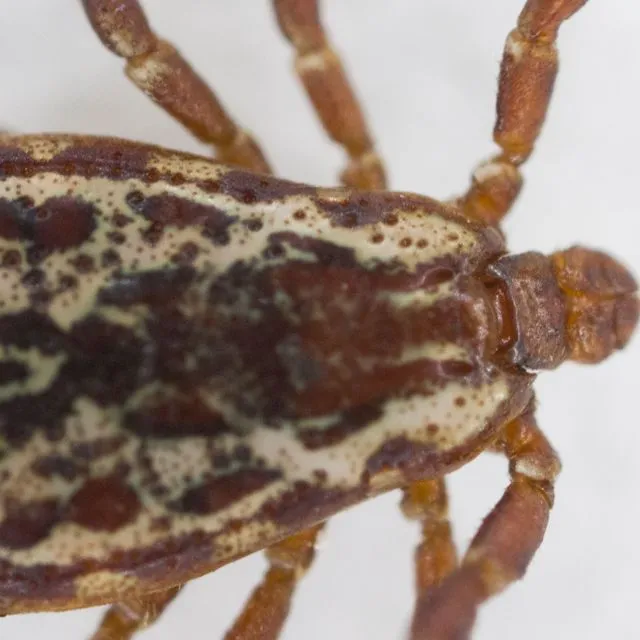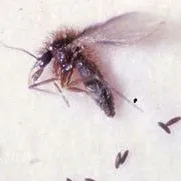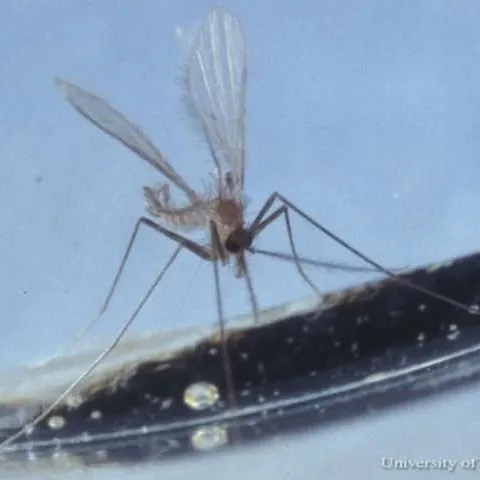Vectors and Vector-borne Diseases
Available Languages:
English
Disease Vectors: Invertebrates or non-human vertebrates which transmit infective organisms from one host to another.
Narrower Topics
Chikungunya Fever
Chikungunya (CHIKV) is a virus that can be transmitted to humans by mosquitoes. The resulting illness is also called chikungunya. Chikungunya outbreaks have been reported from India, Africa, and Southeast Asia. Travel and globalization increase the possibility of epidemic outbreaks in other regions around the globe, wherever the mosquitoes capable of transmitting CHIKV are found. The mosquito species Ae. aegypti and Ae. albopictus are good vectors and well-established in Florida. In the event of an outbreak, mosquito control and public health agencies in Florida need knowledge of populations, where they are produced, and hot spots with large populations that could be easily targeted for control. Good sources of information about the disease in humans are FloridaHealth, CDC, and Medline Plus.
UF/IFAS Resources
Foodborne Illness
Foodborne disease caused by consuming contaminated foods or beverages. [NALT]
A foodborne disease (FBD) can be defined as a disease commonly transmitted through ingested food. FBDs comprise a broad group of illnesses, and may be caused by microbial pathogens, parasites, chemical contaminants and biotoxins. [AGROVOC]
Ticks
Metastigmata
Tospovirus
The Tospovirus (family Bunyaviridae) genus of viruses causes diseases of significant economic impact in many crops worldwide. Tospoviruses have the ability to swap whole segments of their genome with other members of the genus, creating new virus isolates with different vectors and modified host ranges, both of which can result in new diseases. Presently, there are eight recognized species belonging to this genus, of which five have been previously reported in the United States (i.e., TCSV, TSWV, GRSV, INSV, and Iris yellow spot virus [IYSV]). Of these, all but IYSV have been previously reported in the state of Florida. More information about tospoviruses can be found in Tospoviruses (Family Bunyaviridae, Genus Tospovirus) (http://edis.ifas.ufl.edu/pp134). -- from PP306, Tomato Chlorotic Spot Virus
West Nile Virus
West Nile encephalitis virus. Encephalitis caused by a virus of the Flaviviridae family. Causes West Nile fever, which is characterized by headache, fever, arthralgia, maculopapular rash, myalgia, lymphadenopathy and leukopenia. Transmitted and/or spread by mosquitoes from the genus Culex (family Culicidae).
Entry terms: Kunjin virus, West Nile flavivirus, WNV (West Nile virus), KUNV (Kunjin virus)




